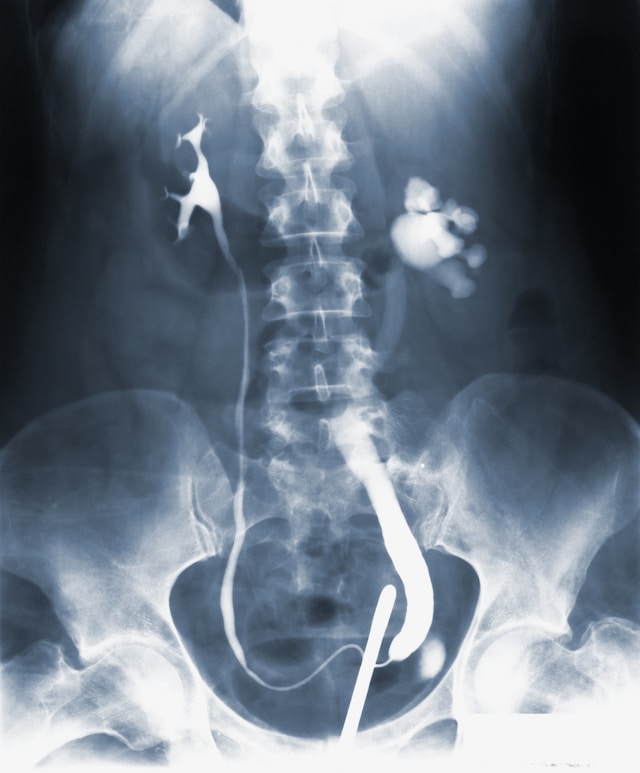Tuberculosis: What you need to know
Tuberculosis (TB) is an infectious disease caused by the bacteria Mycobacterium tuberculosis. It primarily affects the lungs but can also affect other parts of the body such as the kidneys, spine, and brain. TB is a global health concern, with millions of new cases and deaths reported each year. In this article, we will explore the causes, symptoms, diagnosis, treatment, and prevention of tuberculosis.
Causes:
TB is mainly transmitted through the air when an infected person coughs, sneezes, or talks, releasing droplets containing the bacteria. Close and prolonged contact with an infected individual increases the risk of transmission. However, it’s important to note that TB is not easily spread and usually requires prolonged exposure to an infected person.
Symptoms:
The symptoms of tuberculosis can vary depending on the site of infection and the overall health of the affected person. Common symptoms include persistent coughing (sometimes with blood), chest pain, fatigue, weight loss, loss of appetite, fever, night sweats, and swollen lymph nodes. In cases where TB affects other parts of the body, the symptoms may be specific to the affected area.
Diagnosis:
To diagnose tuberculosis, various tests are used. The most common is a skin test called the Mantoux tuberculin skin test, where a small amount of tuberculin is injected into the skin and observed for a reaction. If the test is positive, further tests such as chest X-rays, sputum tests, and molecular tests like the polymerase chain reaction (PCR) may be conducted to confirm the diagnosis and determine drug susceptibility.
Treatment:
TB is treatable with a combination of antibiotics, typically taken for a prolonged period. The standard treatment regimen consists of a four-drug combination (isoniazid, rifampicin, pyrazinamide, and ethambutol) during an intensive phase followed by a continuation phase with fewer drugs. It’s crucial for patients to complete the entire course of treatment to ensure the elimination of the bacteria and prevent drug resistance. To buy TB medicines or other products like glucophage, visit your nearest pharmacy.
Prevention:
Preventing the transmission of tuberculosis requires a multi-faceted approach. Some key preventive measures include:
- Vaccination: Bacillus Calmette-Guérin (BCG) vaccine is used in some countries to prevent severe forms of TB in children. However, its effectiveness in preventing pulmonary TB, which is the most common form, is limited.
- Infection Control: Implementing proper infection control measures in healthcare settings, such as proper ventilation, isolation of patients with active TB, and use of respiratory protective equipment, can help prevent the spread of the disease.
- Contact Tracing and Screening: Identifying and screening individuals who have been in close contact with TB patients is essential for early detection and treatment.
- Treatment Adherence: Ensuring that patients complete their full course of treatment is crucial to prevent the development of drug-resistant TB strains.
- Improved Living Conditions: Addressing social determinants of health, such as poverty, overcrowding, and malnutrition, can help reduce the risk of TB transmission.
- HIV Co-Infection Management: Since HIV weakens the immune system, individuals with HIV are more susceptible to TB. Proper management of HIV and early detection of TB in HIV-positive individuals are crucial for effective treatment and prevention.
Tuberculosis remains a significant global health challenge. Prompt diagnosis, appropriate treatment, and preventive measures are vital to reduce the burden of the disease. Public health efforts, including improved living conditions, vaccination programs, and strong healthcare systems, play a crucial role in controlling the spread of tuberculosis and ultimately eliminating it as a global public health threat.
If you have TB, you can buy all sorts of medications and drugs like arinac online from oladoc.
